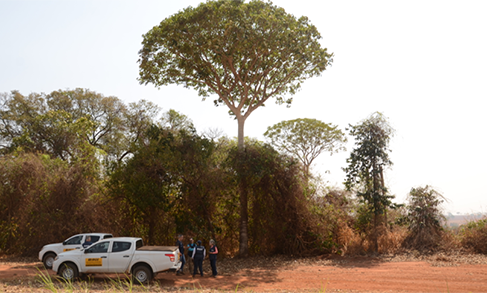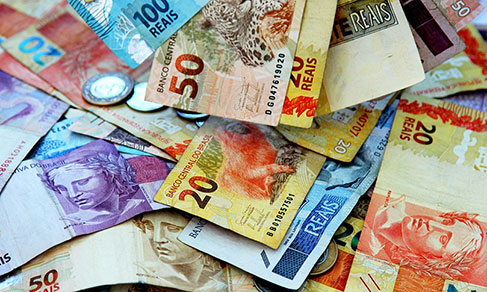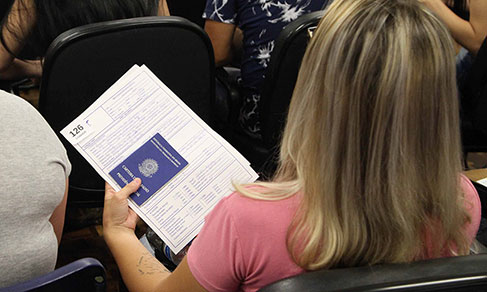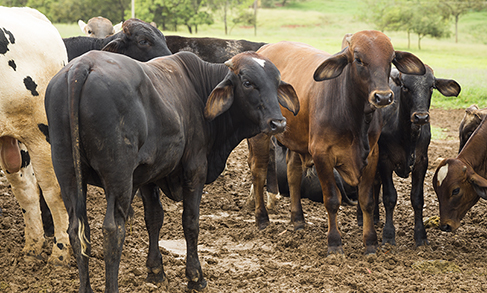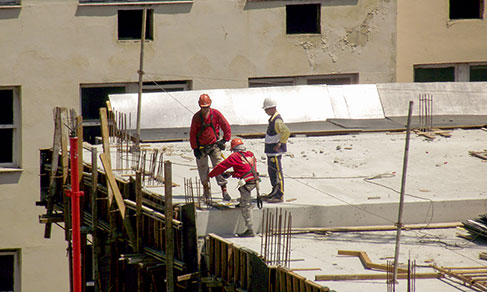Continuous PNAD
Elderly population increases 18% in 5 years and surpasses 30 million in 2017
April 26, 2018 10h00 AM | Last Updated: June 05, 2018 10h57 AM
The Brazilian population has remained on an aging trend recently, having grown by 4.8 million elderly persons since 2012, thus surpassing the 2017 figure, 30.2 million, according to data from the Continuous National Household Survey – Characteristics of Housing Units and of Residents, released today by the IBGE.
In 2012, the population aged 60 and over was 25.4 million. The 4.8 million elderly persons registered in five years corresponded to an increase of 18% in the age group, which has become more and more representative in Brazil. Women are the great majority, with 16.9 million (56%) of elderly persons, whereas elderly men make up 13.3 million (44%).
“Not only in Brazil, but all over the world there has been a tendency to population aging in the last few years. That results both from the increase of life expectancy due to better health conditions and from the issue of fertility rates, since the average number of children per women has been decreasing”, explains, Maria Lúcia Vieira, manager of Continuous PNAD.
Between 2012 and 2017, the number of elderly persons increased in all the Federation Units, and the states recording the biggest proportions were Rio de Janeiro and Rio Grande do Sul, both with 18.6% of their populations aged 60 and over. Amapá, on the other hand, has the smallest percentage of eldery persons, only 7.2% of the population.
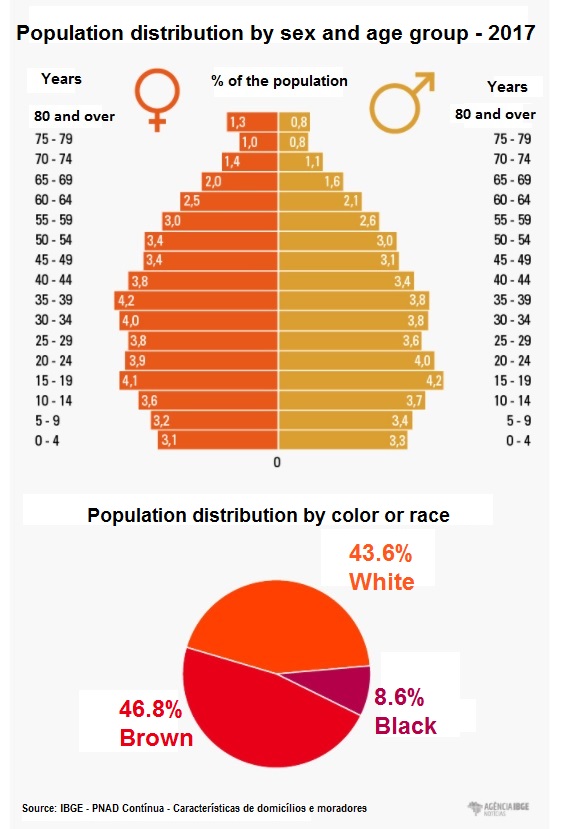
Self-declaration of blacks and browns records increase
Another recent phenomenon is the increase in self-declaration of black and brown persons in the last few years. From 2012 to 2017, both groups grew significantly: the black ones recorded increase from 7.4% to 8.6% of the population, whereas the brown ones did from 45.3% to 46.8%. The percentage of self-declared whites fell from 46.6% to 43.6%.
That phenomenon may reflect a cultural change observed in the last few years, since the interviewees themselves are the ones who define and report their color or race.
“Two hypotheses may account for that. The first one is miscegenation. The population gets married and having children who are not of the same ethnicity. The second hypothesis has to do with affirmative policies, so that people get to know the importance of being a certain color and not saying they are not. That means they understand the relevance of their own origin, of their color or race”, adds Maria Lúcia.
The state with the biggest brown population is Amazonas, with 76.7%, whereas Bahia is the Federation Unit with the biggest proportion of blacks (20.9%) and Santa Catarina had the biggest proportion of white persons (82.8%).


